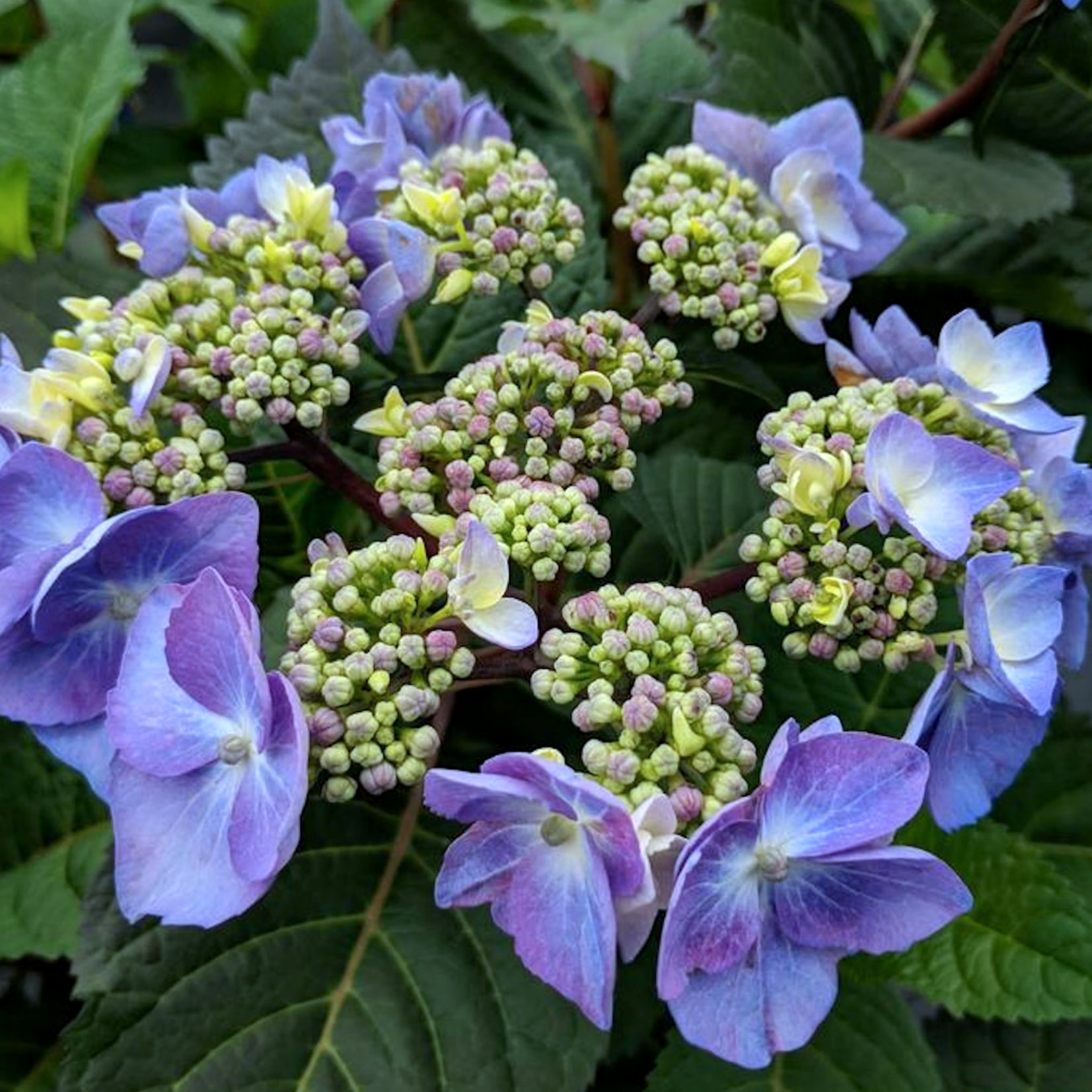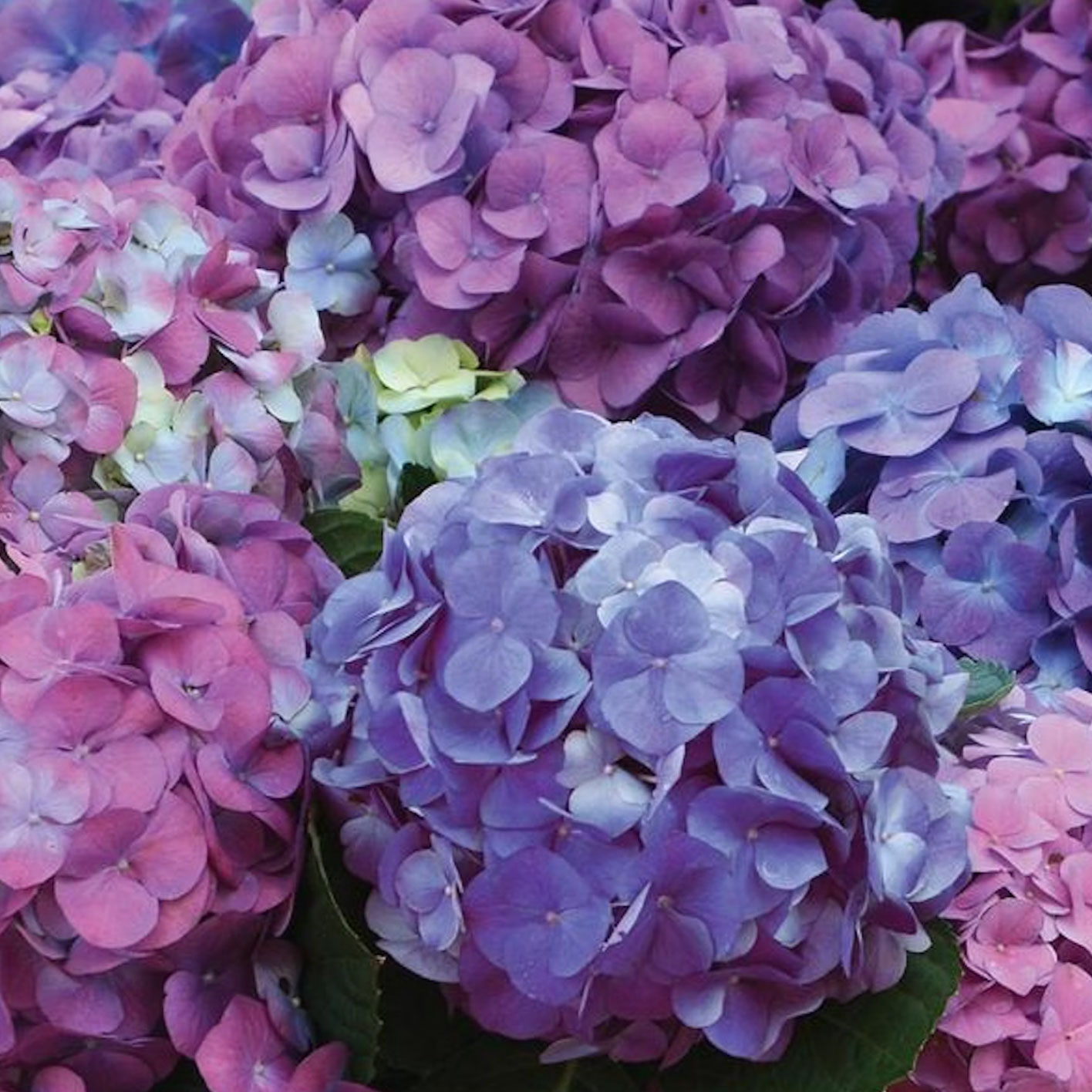Best Blue Hydrangeas: Stunning Blue Hydrangea Varieties For A Sapphire-Studded Garden
Whether you’re a mophead or a lacecap lover, blue hydrangea varieties present breathtaking profusions of cool, lush floral displays. Here are 5 of the best to try
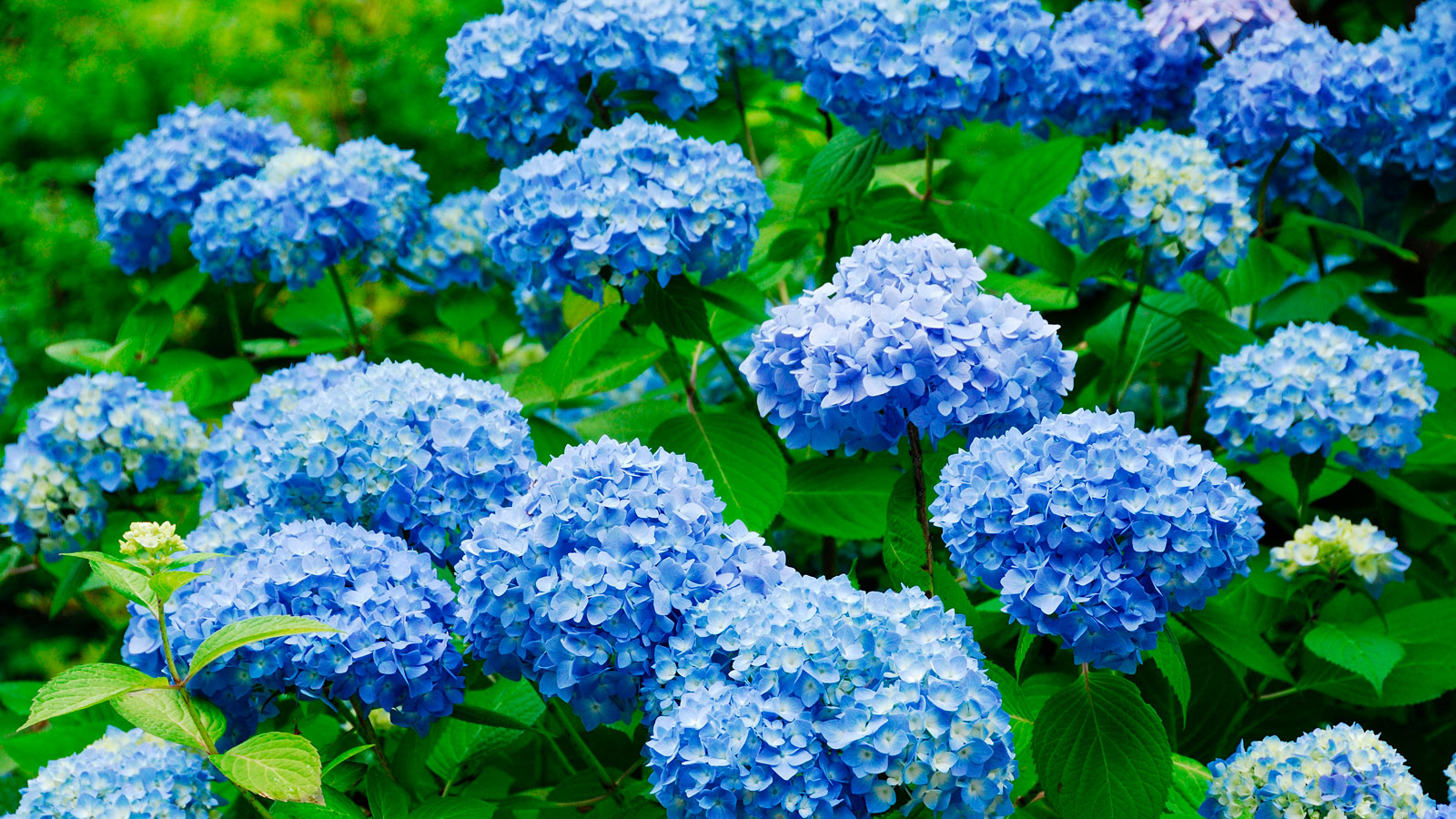

Amy Draiss
Hydrangeas are the workhorses of both my gardens. They are tolerant and hardy, accepting both the cold winters of Basque Country in France and the mild, foggy San Francisco climate – oh, and the flowers are huge! While many gardeners gravitate towards conventional pinks or unusual greens and bright whites, some of my favorite types are the blue hydrangea varieties you can grow.
One isn’t supposed to have a favorite, but I love blue hydrangea flowers more than any others. If you’re a fan of blue colored gardens or just want to bring some more hydrangea blue color into your landscape, here are some of the most luminous and enduring ornamentals you can try.
Beautiful Blue Hydrangea Varieties
You can grow a blue hydrangea plant quite easily, and you don’t necessarily need to have a certain type of soil pH. Both mophead and mountain hydrangeas (also known as lacecaps) are available as blue-blooming cultivars.
Although there are plenty of hydrangeas with pink, purple or even white counterparts, the hydrangeas below are some of the purest blues available. These are only a few of many blue hydrangea varieties and cultivars you can grow, and they can quickly establish as some of the longest flowering perennials in beds and borders.
1. Endless Summer ‘Bloomstruck’
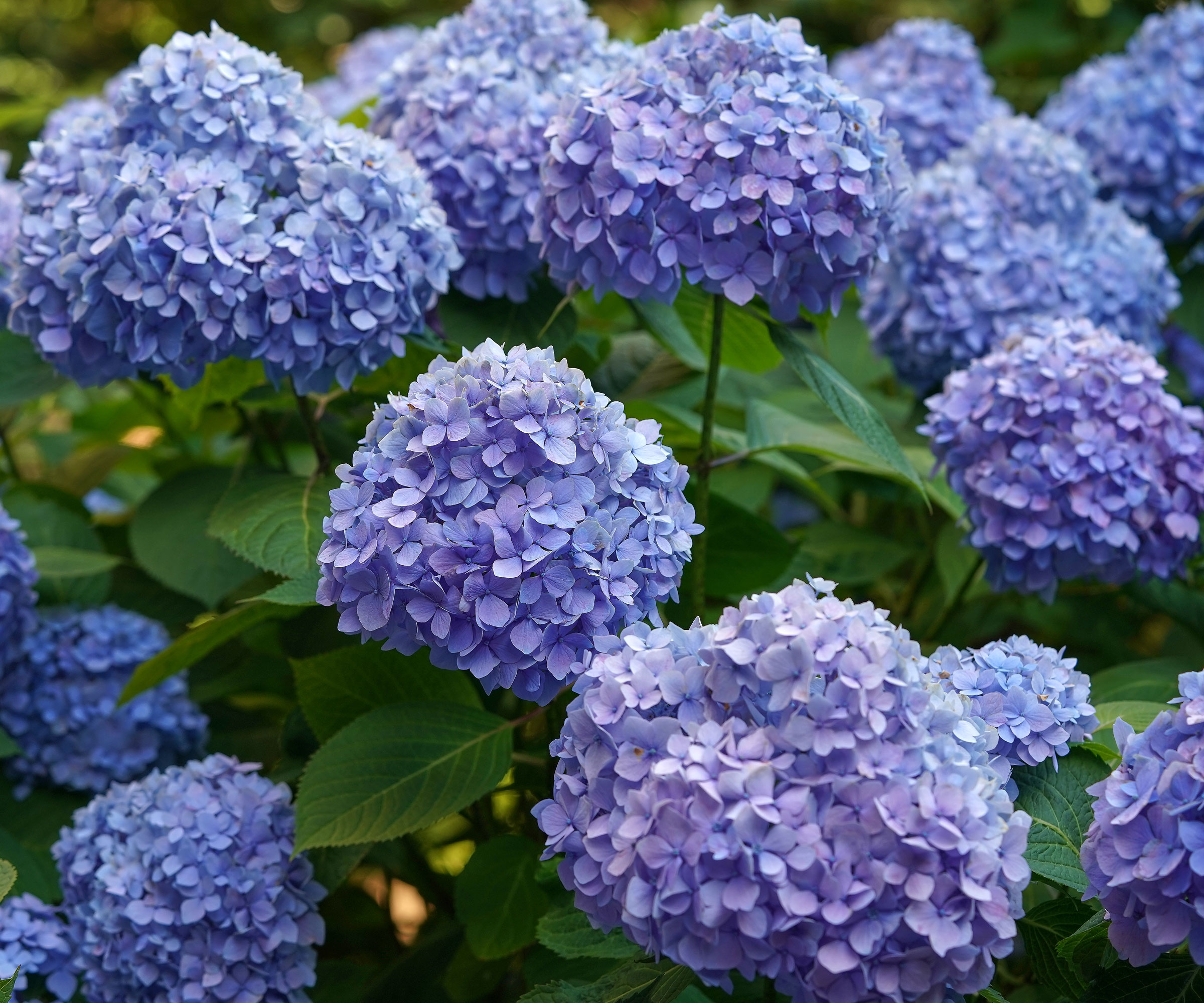
The Endless Summer line of hydrangeas is known for offering blooms from June right through to the end of summer. ‘Bloomstruck’ is no slouch in the bloom department, topping its lush green foliage with deep blue mophead flowers all summer long. Shrubs grow to 4ft (1.3m) tall and are equally wide. To add another color to these blue hydrangea plants, ‘Bloomstruck’ stems are dark red.
Like all mopheads, ‘Bloomstruck’ bushes are easy to grow. They are supposed to be hardy in USDA zones 4-8, but I have happy mophead plants in San Francisco’s foggy zone 10. As well as Endless Summer ‘Bloomstruck’, another exciting blue variety is ‘Twist ‘N’ Shout’, both available in the Gardening Know How Shop.
2. ‘Tuff Stuff Ah-Ha’
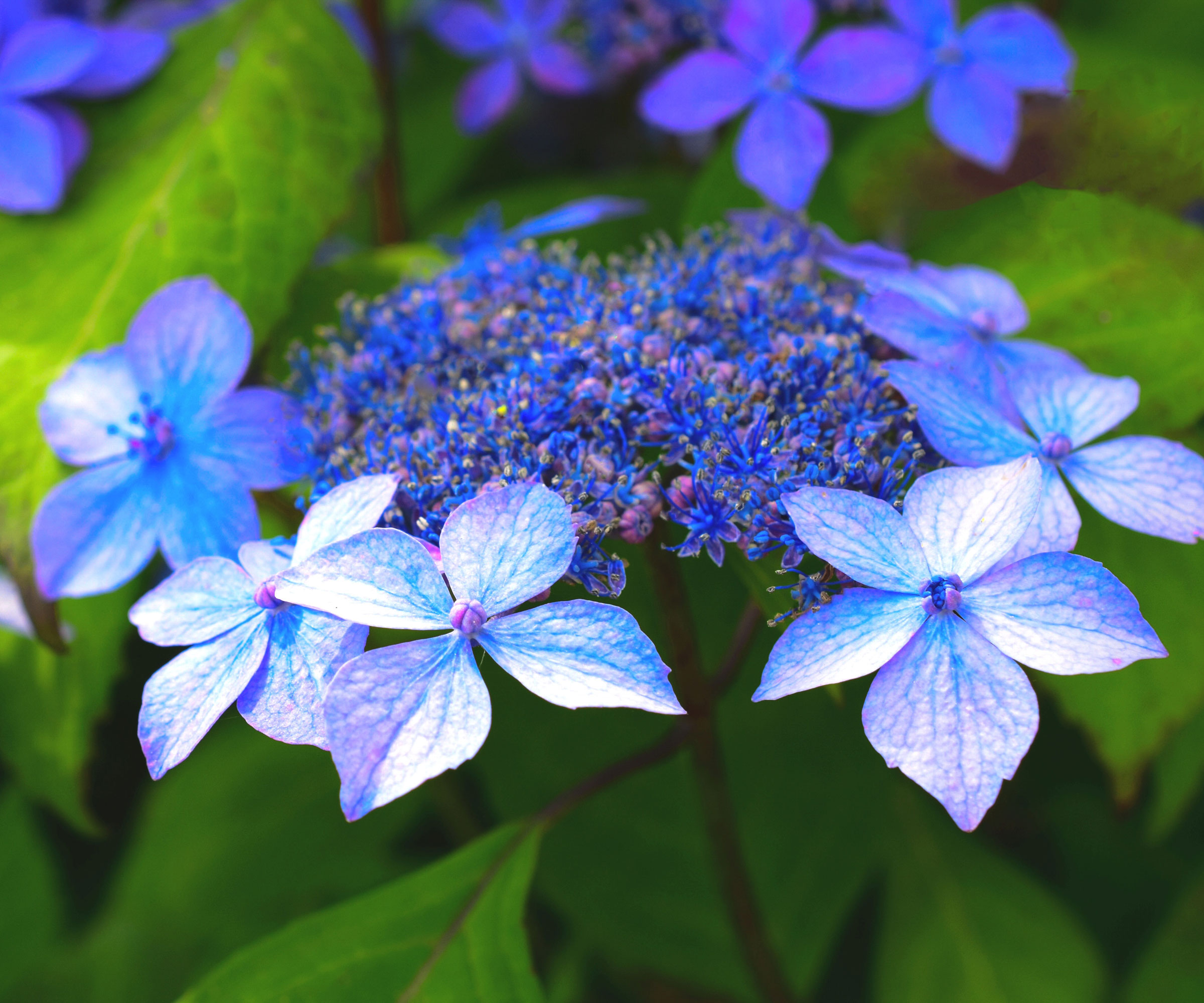
“Let’s bloom and bloom again” seems like the motto of ’Tuff Stuff Ah-Ha’ (Hydrangea serrata 'SMNHSDD'). When it comes to flowering in abundance, this gorgeous mountain hydrangea is a champ. Its double florets rebloom prolifically, offering an endless summer of waterlily-like flowers right up through the first frost.
Sign up for the Gardening Know How newsletter today and receive a free copy of our e-book "How to Grow Delicious Tomatoes".
Flowers will be cool blue if you plant the shrub in acidic soil, but more pink in alkaline soil. The buds are very cold-hardy, allowing for good bloom even if you are growing hydrangeas in lower USDA zones. Tuff Stuff Ah-Ha qualifies as a dwarf hydrangea, getting no taller than 3ft (1m) so it works even for smaller gardens. Its mounding habit is graceful and appealing.
3. ‘Nikko Blue'

This big leaf hydrangea (Hydrangea macrophylla) is a deciduous shrub with a rounded habit. The species grows to 6ft (1.8m) tall and wide, unless you trim it. I prune mine to 3ft (1m) tall for a low, flowering hedge. Like other big leaf options, the huge globe flowers will appear more blue or more pink, depending on whether the soil is acidic (blue) or alkaline (pink).
'Nikko Blue' develops generous clusters of large, rounded panicles. Planted in low pH soil, its blue hydrangea bloom will be lush and deep, with cerulean hues. These shrubs flower in June and keep going strong for weeks. Unless you make the mistake of growing in the wrong soil pH, you will delight in its seemingly endless blue florets which keep their gorgeous tones for two months or more.
4. Blue Wave (aka ‘Mariesii Perfecta’)
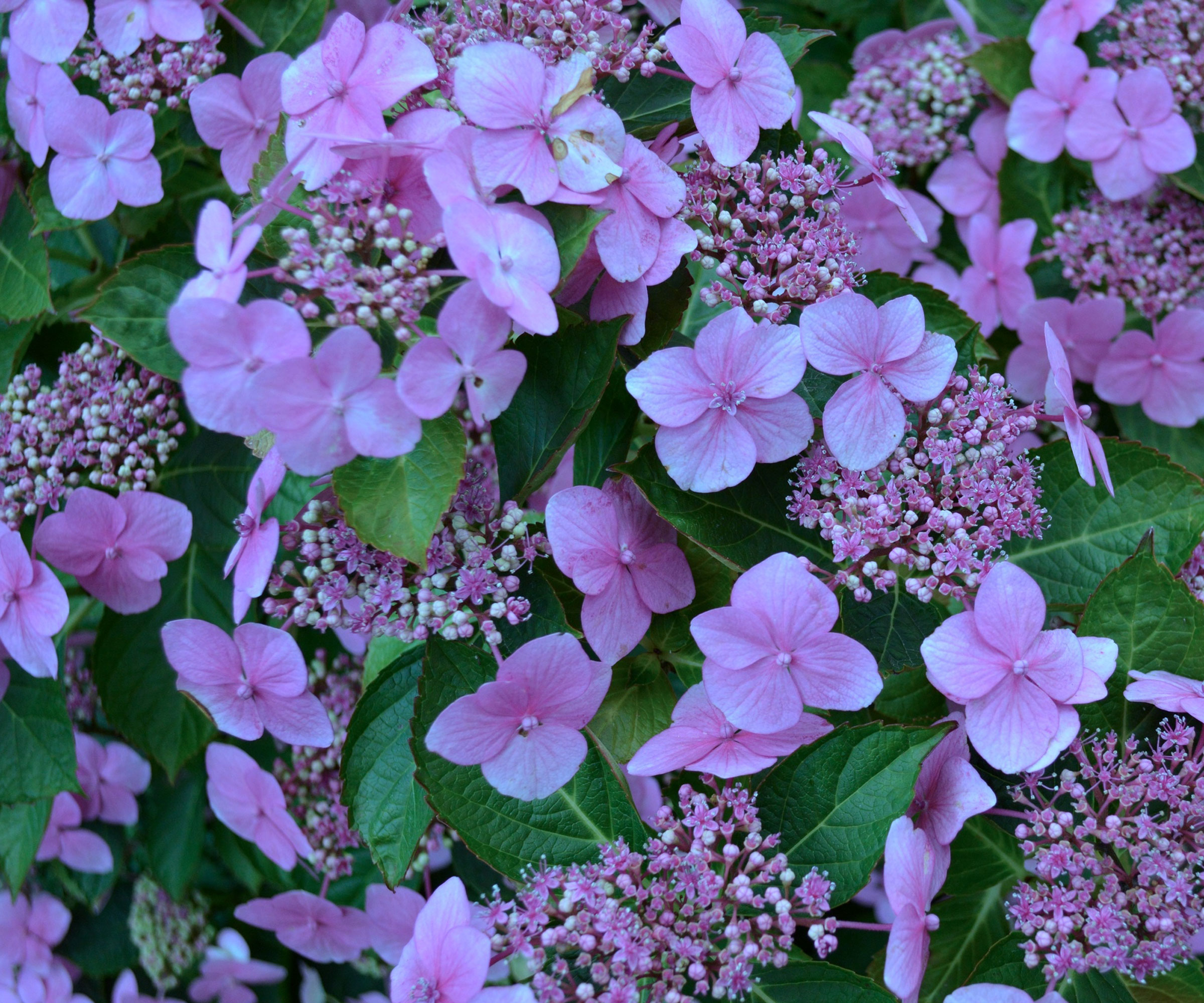
Although it is possible to adjust the pH level of your soil to improve conditions for ‘blue’ cultivars, not everybody wishes to amend theirs as it can take a bit of time. If you are longing for blue hydrangea flowers but don’t want to worry about the pH of the soil, consider Blue Wave hydrangea (Hydrangea macrophylla 'Mariesii Perfecta').
Plant this shrub in rich, well-drained soil in a site that gets some shade, and mulch with shredded bark. If you live in a hardiness zone less than 6, plant these blue hydrangea plants in a sheltered location and provide winter protection. Little pruning is required.
5. ‘Blaumeise’ (aka Blue Titmouse)
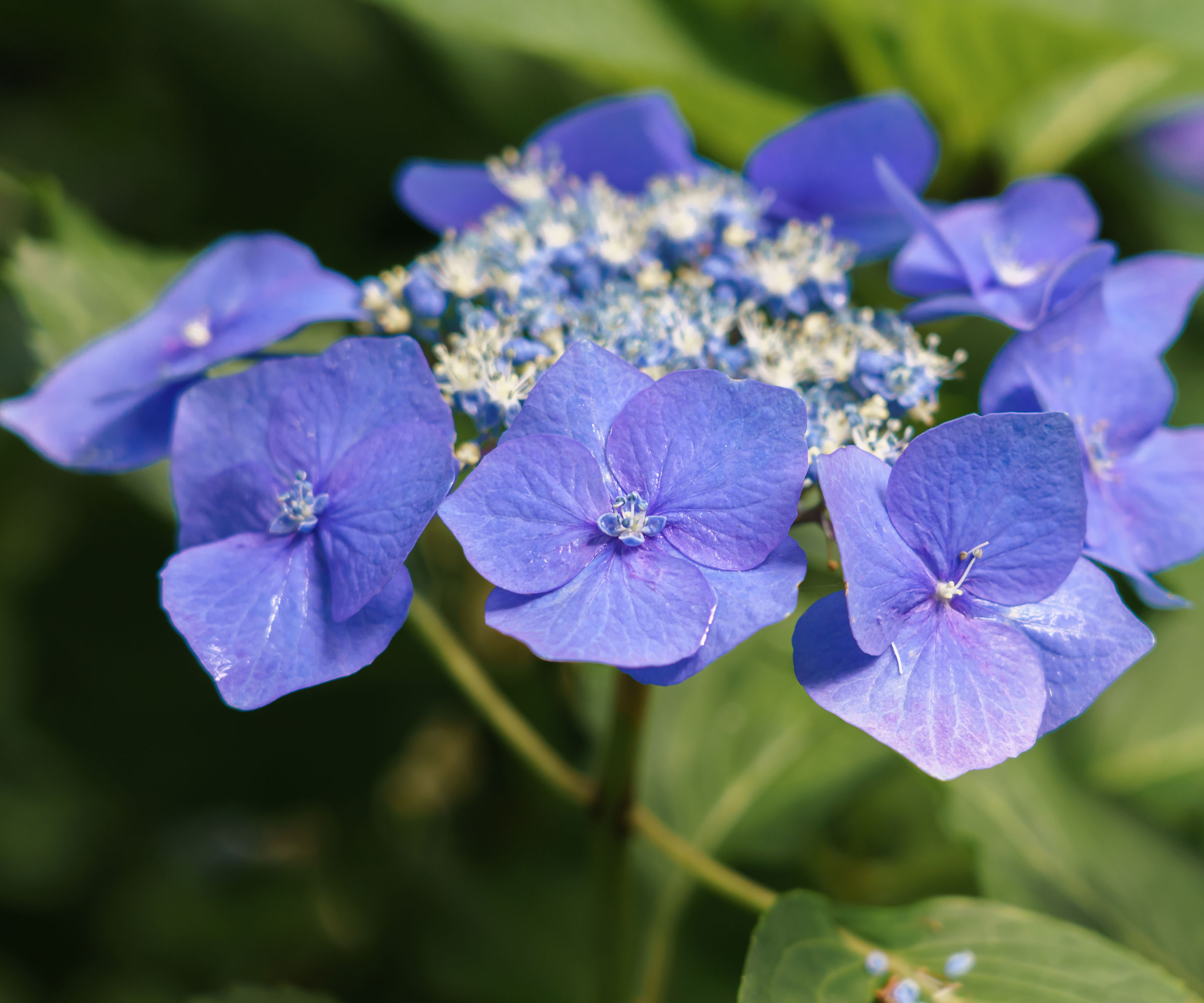
While big leaf hydrangeas are renowned for their huge, rounded mophead flowers, the other type of big leaf – the lacecap – is also lovely. Its flattened clusters of dainty small florets are surrounded by a ring of showy florets that shimmer in borders. They make some of the best flowering bushes and ornamental displays you can grow.
The ‘Blaumeise’ cultivar – which translates from German into the English word ‘titmouse’ – has a reputation as one of the best lacecaps around. The compact shrub tops out at 5ft (1.6m). Grow in acidic soils for sky blue lacecaps. Gorgeous, planted alongside cerinthe, nigella and other blue plants started from seed.
Frequently Asked Questions
How do I get my hydrangeas to be blue?
Some blue hydrangeas bloom blue no matter where they are planted. Others (usually bigleaf hydrangea cultivars) must be planted in acidic soil to retain the blue color. If planted in alkaline soil, they will grow pink or red.
You can make alkaline soil acidic by adding some sort of sulfur compound. Just bear in mind it isn’t a rapid process.
Do blue hydrangeas like sun or shade?
Sun exposure preferences vary among hydrangea species. In general, hydrangeas of all colors prefer dappled sun or morning sun. They enjoy some afternoon shade to prevent the extremes of heat that can occur towards high summer. Indeed, certain varieties (such as ‘Blue Wave’) won’t take well to full sun.
This article features products available from third party vendors on the Gardening Know How Shop. Keep in mind that our plant inventory is limited - so if you’re thinking of purchasing, don’t wait!

Teo Spengler is a master gardener and a docent at the San Francisco Botanical Garden, where she hosts public tours. She has studied horticulture and written about nature, trees, plants, and gardening for more than two decades, following a career as an attorney and legal writer. Her extended family includes some 30 houseplants and hundreds of outdoor plants, including 250 trees, which are her main passion. Spengler currently splits her life between San Francisco and the French Basque Country, though she was raised in Alaska, giving her experience of gardening in a range of climates.
- Amy DraissDigital Community Manager
